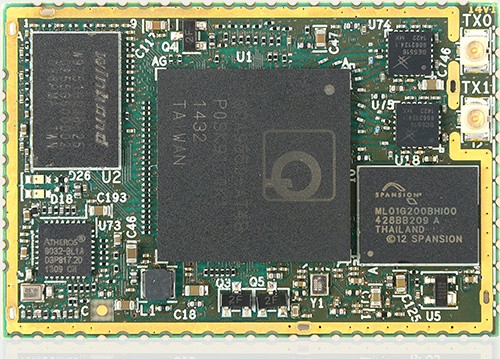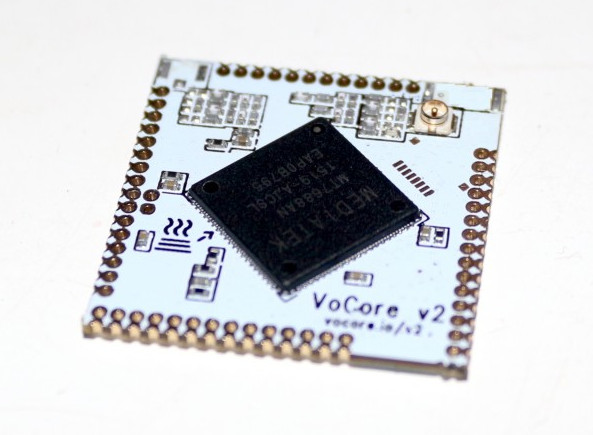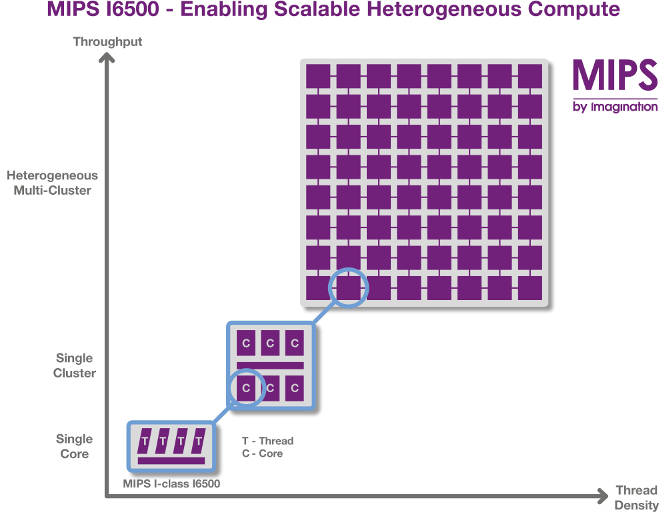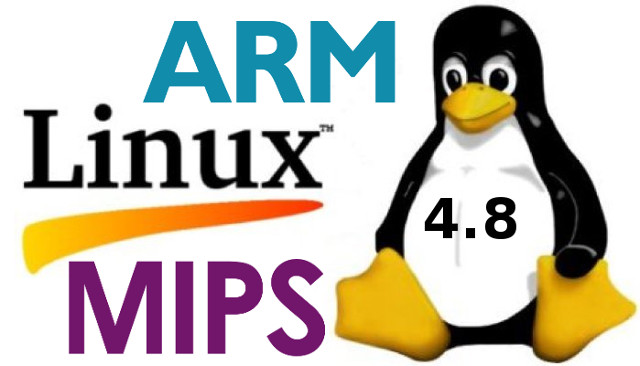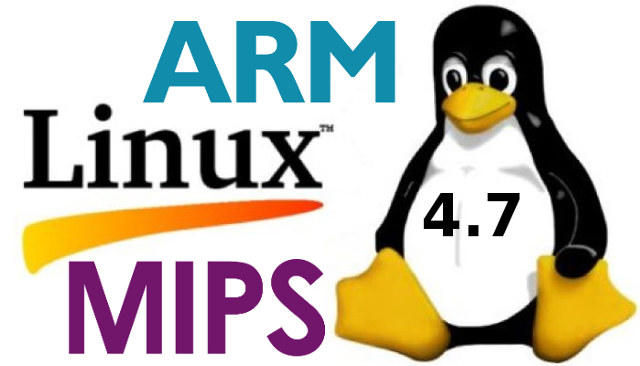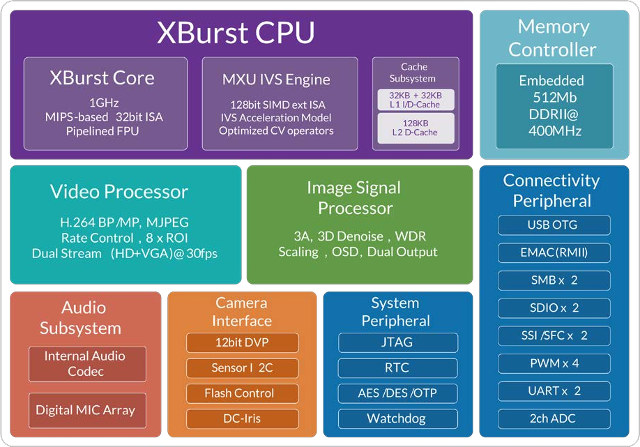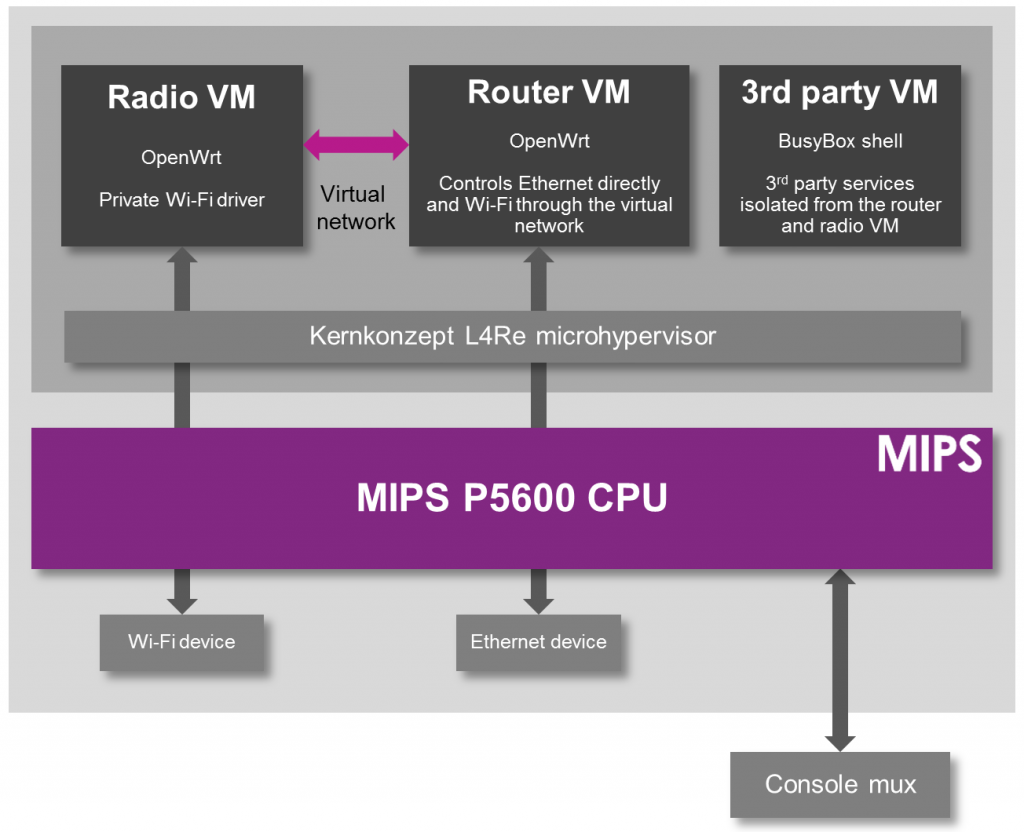8Devices, a Lithuanian company specialized in the development and manufacturing of electronic equipment, is known for their Carambola and Carambola2 WiFi modules powered by Ralink and Qualcomm Atheros WiSoCs. The company has now introduced a new dual band WiFi module called Rambutan that comes in commercial and industrial temperature range through respectively Qualcomm Atheros QCA9557 & QCA9550 SoCs. Rambutan and Rambutan-I modules specifications: SoC Rambutan – Qualcomm Atheros QCA9557 MIPS processor @ 720 MHz Rambutan-I – Qualcomm Atheros QCA9550 MIPS processor @ 720 MHz System Memory – 128 MB DDR2 Storage – 128 MB Flash Connectivity WiFi – 802.11 a/b/g/n, 2.4 or 5 GHz, 2×2 MIMO, 300 Mbps data rate, 21 dB per chain output power; 2x u.FL connectors Ethernet – Atheros AR8032 10/100M Ethernet PHY 68x half holes with 2 x USB 2.0 host port 2 x serial port 1x 100 Base-T Ethernet port; 1000 Base-T Ethernet port (SGMII […]
Vocore2 Lite is a $4 Linux MIPS WiFi Module based on Mediatek MT7688AN SoC (Crowdfunding)
I’ve already written about Vocore v2 Crowdfunding campaign, where the second generation Vocore WiFi module supports audio, PoE, and ultimate dock, and price starting at $12. But there has been some development since the launch of the campaign, as the developer received request for a cheaper board, and after looking into it, has now added Vocore2 Lite WiFi module reward for only $4, or $7 once shipping included. He obviously had to make some trade-offs to bring the cost down, but the Lite board impressively still keep many of the same features. VoCore (2014) VoCore2 Lite (2016) VoCore2 (2016) Price 19.99 USD 3.99 USD 11.99 USD CPU RT5350, 360MHz MT7688AN MIPS24KEc @ 580MHz MT7628AN, 580MHz Memory 32MB SDRAM 64MB DDR2 128MB DDR2 Storage 16MB NOR 8MB NOR 16MB NOR Antenna Slot x1 x1 x2 On-Board ANTENNA √ × √ Wireless Speed ~75Mbps ~150Mbps ~300Mbps Ethernet Port x5 x1 / x5 […]
Imagination Technologies Announces MIPS Warrior I-class I6500 Heterogeneous CPU with up to 384 Cores
Imagination has just unveiled the successor of MIPS I6400 64-Bit Warrior Core with MIPS Warrior I-class I6500 heterogeneous CPU supporting up to 64 cluster, with up to 6 cores each (384 cores max), themselves up to 4 thread (1536 max), combining with IOCU (IO coherence units), and external IP such as PowerVR GPU or other hardware accelerators. The main features of MIPS I6400 processor are listed as follows: Heterogeneous Inside – In a single cluster, designers can optimize power consumption with the ability to configure each CPU with different combinations of threads, different cache sizes, different frequencies, and even different voltage levels. Heterogeneous Outside – The latest MIPS Coherence Manager with an AMBA ACE interface to popular ACE coherent fabric solutions such as those from Arteris and Netspeed lets designers mix on a chip configurations of processing clusters – including PowerVR GPUs or other accelerators – for high system […]
Linux 4.8 Release – Main Changes, ARM & MIPS Architectures
Linus Torvalds has officially released Linux 4.8 last Sunday: So the last week was really quiet, which maybe means that I could probably just have skipped rc8 after all. Oh well, no real harm done. This obviously means that the merge window for 4.9 is open, and I appreciate the people who already sent in some pull requests early due to upcoming travel or other reasons. I’ll start pulling things tomorrow, and have even the most eager developers and testers hopefully test the final 4.8 release before the next development kernels start coming 😉 Anyway, there’s a few stragging fixes since rc8 listed below: it’s a mixture of arch fixes (arm, mips, sparc, x86), drivers (networking, nvdimm, gpu) and generic code (some core networking, with a few filesystem, cgroup and and vm things). All of it pretty small, and there really aren’t that many of them. Go forth and test, […]
Linux 4.7 Release – Main Changes, ARM and MIPS Architectures
Linux 4.7 is out: So, after a slight delay due to my travels, I’m back, and 4.7 is out. Despite it being two weeks since rc7, the final patch wasn’t all that big, and much of it is trivial one- and few-liners. There’s a couple of network drivers that got a bit more loving. Appended is the shortlog since rc7 for people who care: it’s fairly spread out, with networking and some intel Kabylake GPU fixes being the most noticeable ones. But there’s random small noise spread all over. And obviously, this means that the merge window for 4.8 is open.Judging by the linux-next contents, that’s going to be a bigger release than the current one (4.7 really was fairly calm, I blame at least partly summer in the northern hemisphere). Linus Linux 4.6 brought USB 3.1 superspeed, OrangeFS distributed file system, 802.1AE MAC-level encryption (MACsec), and BATMAN V protocol support, improved […]
Ingenic T10 is a MIPS Based Video Processor for 720p Cameras
Ingenic has been designing MIPS based SoCs using their Xburst processor engine for several years, which are found in tablets, development boards, and wearables. The company has now launched T10 smart video processor based on the same MIPS32 processor but mobile camera, security survey, video talking, video analysis and so on with image resolution up to 1280×960 (datasheet says 1280×1024), and videos up to 720p30 or VGA @ 30fps. Ingenic T10 specifications: CPU – XBurst single core MIPS32 processor up to 1GHz with FPU, 32KB L1 I-cache, 32KB L1 D-cache, and 128KB L2 unified cache. Memory – Embedded DDRII@400Mhz up to 512Mbit Encoder engine -H.264 baseline, main profile; MJPEG/JPEG Baseline Encode Performance Max resolution 1280×960 Up to H.264 960p@40fps encode H.264 multiple streams 720p@30fps + VGA@30fps + JPEG@15fps 960p@30fps + VGA@30fps + JPEG@15fps ABR/VBR/CBR/CQP 8 ROIs (Regions of Interest) 5-layer OSD with hardware ISP AE, AWB (automatic white balance), AF […]
Imagination Solution to FCC Rules for WiFi Routers: Run OpenWrt / DD-WRT and the WiFi Driver in Separate Virtual Machines
About a year ago, discussions started about new rules from the FCC that could prevent routers from installing open source third party operating systems such as OpenWrt or DDWRT. Despite the FCC assurance that the rules were meant to prevent some users from illegally tweaking the RF settings, and that it would not have to impact installing of open source alternatives, the reality is that companies such as TP-Link ended up locking their routers up due to the new rules, while Linksys would only ensure OpenWrt/ DD-WRT compatibility on some of their routers, but not all. Companies are probably doing that due to the extra work that would be required to separate the RF settings which need to be locked, and the rest of the firmware. But Imagination Technology’s prpl security group has a solution for their MIPS Warrior P-Class processors using hardware virtualization. In order to show the concept […]
Linux 4.6 Release – Main Changes, ARM and MIPS Architectures
Linus Torvalds released Linux Kernel 4.6 earlier today: It’s just as well I didn’t cut the rc cycle short, since the last week ended up getting a few more fixes than expected, but nothing in there feels all that odd or out of line. So 4.6 is out there at the normal schedule, and that obviously also means that I’ll start doing merge window pull requests for 4.7 starting tomorrow. Since rc7, there’s been small noise all over, with driver fixes being the bulk of it, but there is minor noise all over (perf tooling, networking, filesystems, documentation, some small arch fixes..) The appended shortlog will give you a feel for what’s been going on during the last week. The 4.6 kernel on the whole was a fairly big release – more commits than we’ve had in a while. But it all felt fairly calm despite that. Linux 4.5 added […]


